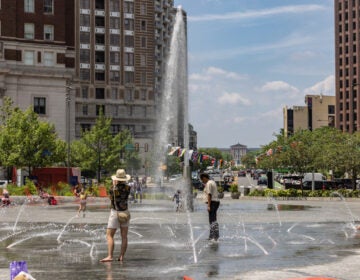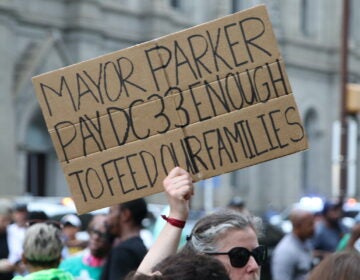Developer composing a new image for former Wayne Junction industrial site
-
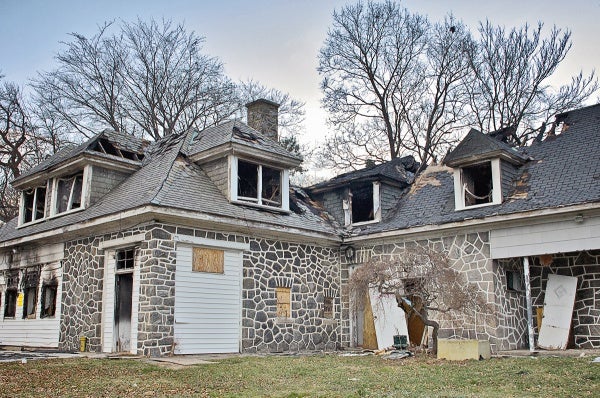
-

-

-

-
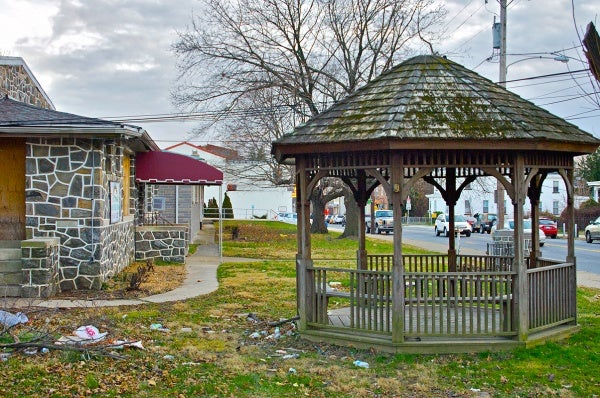
-

-

-

-

-
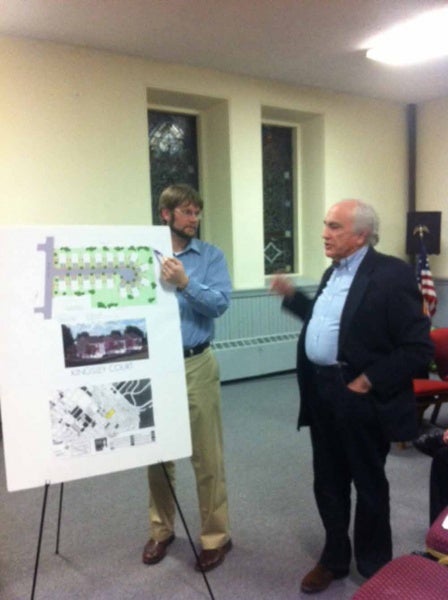
-

-

-

-

-

-

-
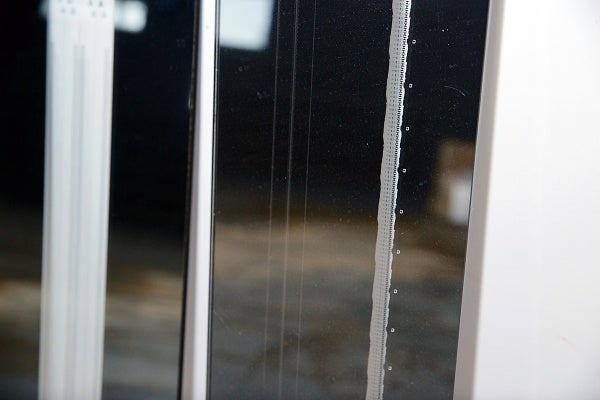
-

-

-

-

-

-

-

-

-

-

-
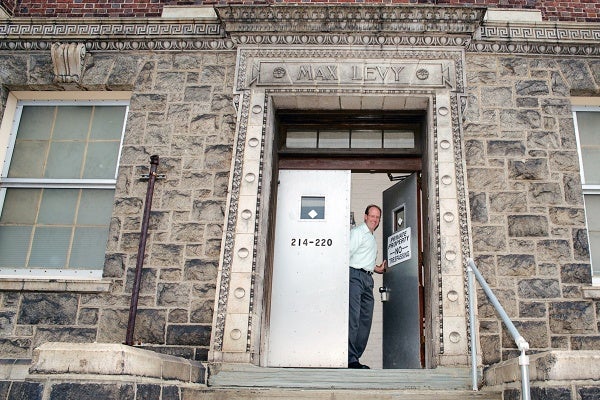
-
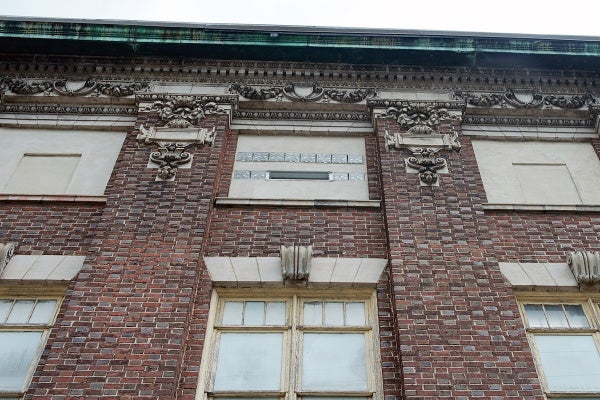
-
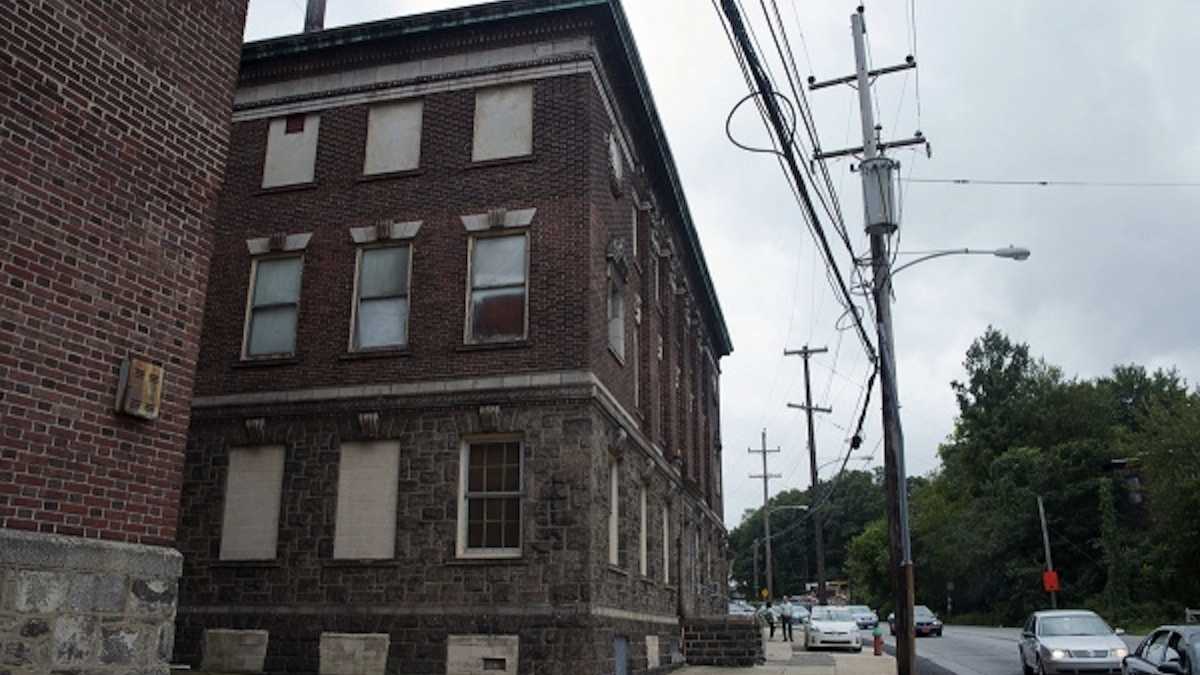
The academic conversation was stimulated by a tour of the Max Levy Autography Company building on Roberts Avenue a few weeks later. (NewsWorks, file art)
The former Max Levy Autograph Co. building on Roberts Avenue is more just another now-empty shell near the Wayne Junction SEPTA station. It’s a throwback to a time when industrial buildings could be beautiful and utilitarian.
The 30,000 square-foot, four-building complex was first erected in 1902 and added onto in stages over the years. It has been empty for nearly a decade since the company — an early pioneer in photographic imaging and an anchor of what was once the thriving Wayne Junction industrial area — moved to a modern facility in Northeast Philadelphia.
Max Levy studied architecture from the University of Pennsylvania, and his touches show in the building’s design — ornate dentil molding, copper flashing and other decorative elements make the building a landmark among the acres of blight in the neighborhood.
Into the future
Developer Ken Weinstein, of Philly Office Retail, bought the property at the intersection of Roberts Avenue and Berkley Street in June for $150,000.
Workers spent the summer removing asbestos and other hazardous materials while Weinstein began forming a vision for what he hopes will someday be a collection of offices, artists’ lofts and other uses.
But there’s a long way to go before that.
Weinstein said he’ll put in about $1.5 million gutting the series of rooms — some still containing machinery so heavy that his contractor isn’t sure how he’ll remove them — along with reworking utilities and altering spaces where delicate photographic work was done.
“My wife thinks I’m nuts,” Weinstein said. “I’ve stopped touring her around to buildings I’m thinking of buying, she just says, ‘You’re the one with the vision.'”
On-site tour
During a recent tour of the maze-like interior of the building, Weinstein discussed possibilities for the building and the challenges involved.
Some spaces will have to be opened up to create offices that Weinstein said he would rent at-cost. The building has good electrical supply and is already fitted with a sprinkler system, though it would likely need upgrading.
“It’s a building that really needs a game plan,” Weinstein said. “It’s amazing to me that they used to build industrial buildings like this.”
Weinstein said he is in very early discussions with an arts organization who would use about a third of the building.
Remnants from the past
Scattered around are relics from the company’s past: dozens of glass photographic plates used in the photographic etching process which used chemicals such as hydroflouric acid to produce half-tone prints, stacks of wood box frames used to hold the glass plates and even books and pamphlets on photographic processes (many of which are in German and dating from the 19th century).
Inside the first floor, a series of concrete pilings jut up from the floor, meant to stabilize the building. The second floor includes white-tiled “clean rooms.” The third floor’s layout is much more open, hinting at future loft spaces.
The expansive rooftop offers a broad vista of the entire Wayne Junction area, including the train station receiving a $13 million power station upgrade and $30 million modernization and restoration of the historic station building.
Good view, bad view
It also gives a stark view of the neighborhood’s problems: the rear of the building looks out over a small mountain of dumped tires, rusting equipment and even an overturned boat hull.
According to the book and website “Workshop of the World — a Selective Guide to the Industrial Archeology of Philadelphia,” Max Levy chose the Roberts Avenue site specifically “because it provided a huge granite outcropping for seismic stability,” and the structure was one of the first reinforced concrete buildings in the nation.
“That’s what we really like about this building, is it’s built to last,” Weinstein said.
As run-down as the Levy building may be now, it’s in far better shape than some others within what is now the Wayne Junction Industrial Historic District, a collection of 17 mostly-vacant commercial buildings that dominated the area from the late 19th to mid-20th centuries.
Just across the street, at 133 Berkley St., the city is beginning demolition on the former Van Straaten and Havey silk mill building, which has been deemed structurally unsound with a collapsed roof.
Weinstein said he wouldn’t have considered buying that property, as its overall condition would have required a far larger investment than he figures he’ll put into the Levy building.
Once it’s gone, however, he said it could provide a good-sized parking lot for future tenants at the Levy building.
NewsWorks has partnered with independent news gatherer PlanPhilly to provide regular, in-depth, timely coverage of planning, zoning and development news. Contact Amy Z. Quinn at azquinn@planphilly.com.
WHYY is your source for fact-based, in-depth journalism and information. As a nonprofit organization, we rely on financial support from readers like you. Please give today.


